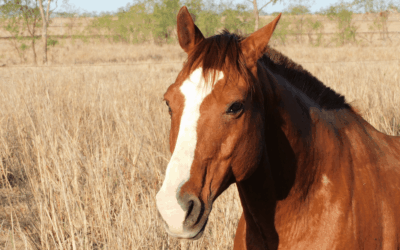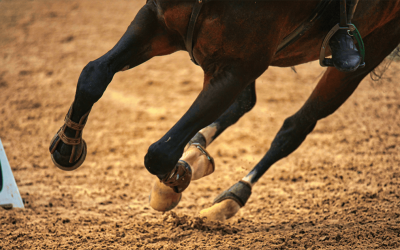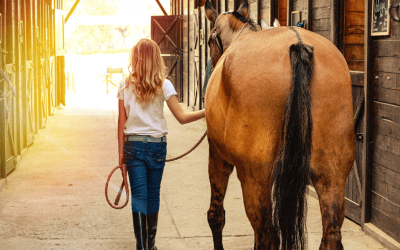Amniotic tissue contains naturally occurring elements such as growth factors, cytokines, extracellular matrix proteins, and exosomes. These components are intrinsic to the native structure of the amniotic membrane and fluid and may be beneficial in supporting tissue environments when properly preserved.
Cryopreservation is designed to maintain the original biological characteristics of the tissue by avoiding the drying and sterilization steps that can alter protein structure. In contrast, lyophilization may lead to degradation and reduced stability of sensitive biological components during the drying, rehydration, and sterilization processes. 1
Comparing Preservation Methods: Cryopreservation vs. Lyophilization
| Characteristic | Cryopreserved Amnion | Lyophilized Amnion |
|---|---|---|
| End Form | Liquid | Powder |
| Preparation | Thawing required | Rehydration required |
| Storage Conditions | Frozen | Room temperature |
| Sterilization | Not required | May be required |
| Biological Component Retention | Higher retention | May be reduced |
| Protein Stability | Preserves Stability | Higher risk of denaturation |
Clinical Context: Interpreting Publicly Available Data
In a publicly referenced clinical study evaluating micronized dehydrated human amnion chorion membrane (dHACM)—a type of lyophilized product—results showed no meaningful difference compared to saline at both 90 and 180 days when evaluating knee pain and function in patients with osteoarthritis. While outcomes can vary based on many factors, these findings emphasize the importance of preservation methods in maintaining biological value. 2
Renovo® does not claim specific clinical outcomes. However, it is processed to preserve the natural biological characteristics of equine amniotic tissue, consistent with its intended use to supplement and protect tissues.
Why Renovo® Uses Cryopreservation
Renovo® is an acellular, equine amniotic tissue allograft manufactured under Current Good Tissue Practice (cGTP) guidelines. It is cryopreserved to:
- Help maintain biological consistency across batches
- Eliminate the need for rehydration or additional sterilization
- Provide a product that is consistent in composition and ready-to-use upon thawing
Renovo® is intended for equine use to supplement and protect tissues. It is not a stem cell product and contains no live cells. The formulation preserves a blend of biological components intrinsic to amniotic tissue.
Summary for Veterinary Professionals
- Not all preservation methods are the same—biological consistency may vary depending on processing.
- Cryopreserved amnion helps retain native protein and tissue structure.
- Renovo® offers a cryopreserved, acellular allograft that is ready for use and supports tissue handling consistency.
- Renovo® is labeled and marketed exclusively to supplement and protect tissues, without claims of therapeutic or clinical effect.
Want to Learn More?
Renovo® is intended solely to supplement and protect tissues. Any decisions regarding product usage should be made at the discretion of the veterinarian.
If you’d like to learn more or connect with a colleague who has experience using Renovo® in practice, we welcome you to fill out a contact form here.



